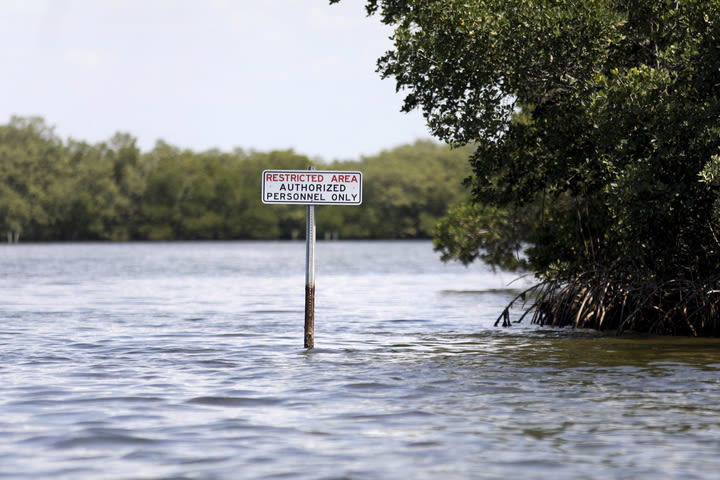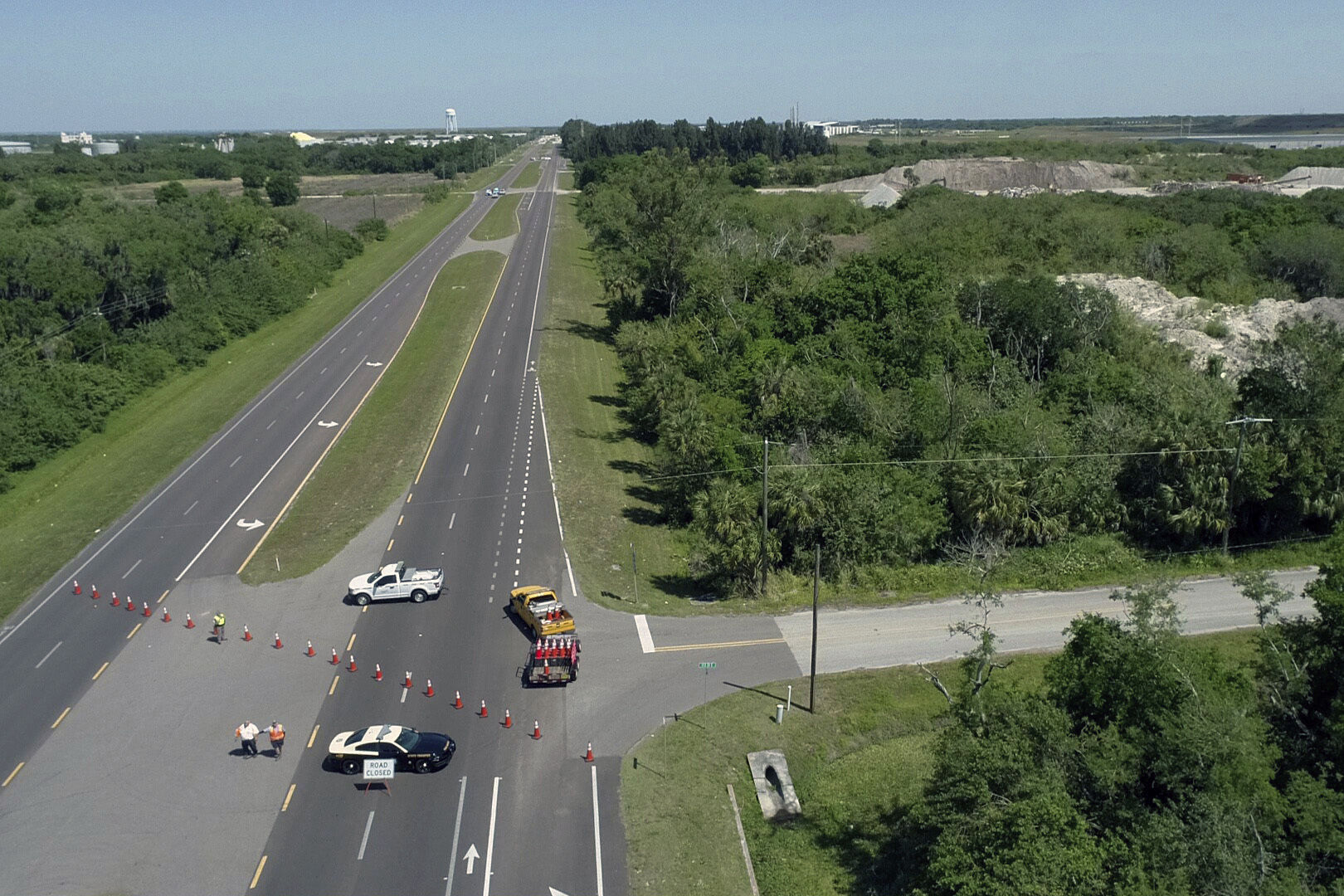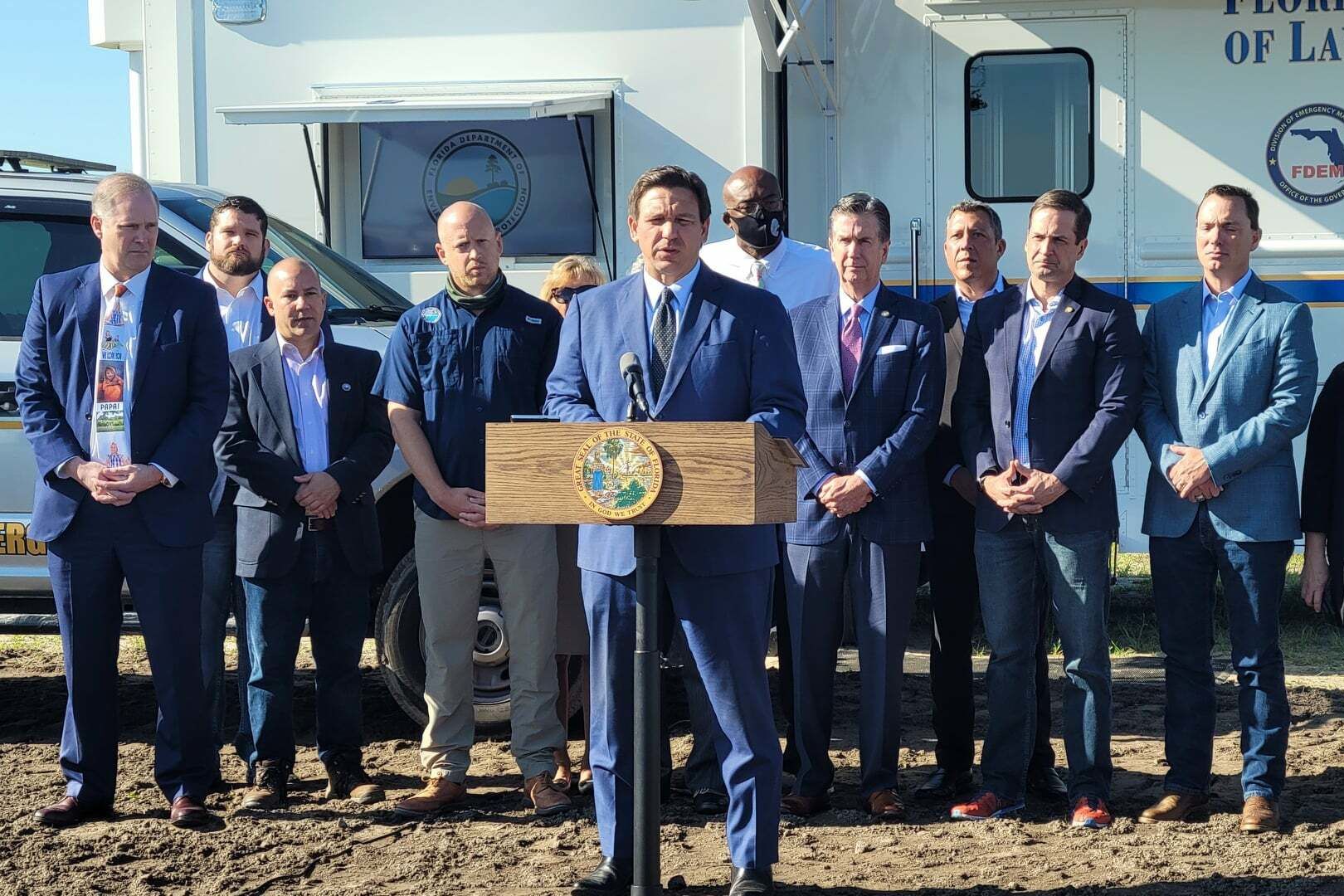After Piney Point Crisis, Manatee County Fast-Tracks Deep Well Wastewater Injection Plan

The Piney Point wastewater leak at an old phosphate plant was bound to happen. Environmentalists have been shouting about it for decades. Experts and local officials knew the danger was looming. But in typical Florida fashion, we didn’t notice until it became a crisis. We should remember that now that crews have repaired the leak and the immediate emergency has passed.

Susan Burns
Image: Lori Sax
Most of us know about the calamity. A leak at one of three phosphogypsum stacks at the abandoned Piney Point phosphate plant in north Manatee County was first detected in late March. Phosphogypsum is a byproduct of fertilizer manufacturing and contains radioactive material and other chemicals. Since there’s nowhere else for the phosphate industry to put the waste, these gyp stacks (we have 25 in Florida) have turned into mountains. The tops of these stacks become retention ponds filled with highly acidic water that contains elevated levels of nitrogen and phosphate.
The Piney Point pond was holding 480 million gallons of wastewater when the leak occurred. Manatee County commissioners and government staff were terrified that the entire reservoir could fail, unleashing a 20-foot wall of polluted water into nearby homes and businesses, so they evacuated 300 people, closed roads and diverted 215 gallons into the bay near Port Manatee. Finally, after decades, the state agreed to shut down Piney Point for good with $200 million from President Biden’s Covid-19 relief money.
Crisis averted? Hardly. No one knows yet how serious this will be for the health of our aquatic environment and marine life. A serious red tide outbreak, seagrass decimation and major fish kills are possibilities. Environmentalists say the event is a major setback for Tampa Bay, which, after decades of effort and billions of dollars, was healthier than it had been since the ’70s.
Meanwhile, we still have to deal with the remaining wastewater at the top of the three stacks at Piney Point. Manatee County commissioners, in a 6-1 vote, fast tracked the highly controversial method of injecting this water 3,500 feet down into a deep well in our aquifer and have already approved about $10 million to start the process.
I talked to Glenn Compton of ManaSota-88, a longtime critic of the phosphate industry, and Justin Bloom, the founder of Suncoast Waterkeeper, a group dedicated to protecting and restoring our waterways. Both have serious misgivings about the method. Injecting this wastewater—it will be treated, but neither Compton nor Bloom understood what that means or how exactly it will be treated—is sort of like closing your eyes and crossing your fingers. Water doesn’t always stay where it’s supposed to, and these hundreds of millions of gallons could make their way to parts of the aquifer used for agricultural irrigation and drinking.
“Once the groundwater is polluted, there’s no way to clean it up,” says Compton.
This is also the first time the powerful phosphate industry has been given permission to dump its wastewater into the aquifer, a big relief for the industry, since now it has a precedent for what to do with all the other bad stuff sitting in stacks all over Florida.
There are alternatives. Bloom mentions reverse osmosis, treating the water and then releasing it far into the Gulf, or treating it and releasing it in surface waters. There is no perfect answer, but there could be a better and safer answer than deep well injection.
Bloom says it’s not too late to hit pause. Manatee County needs to bring environmental scientists together with engineers to discuss the latest science and technology before they start using $200 million of our tax money to drill a hole in the earth. Out of sight, out of mind doesn’t work.



